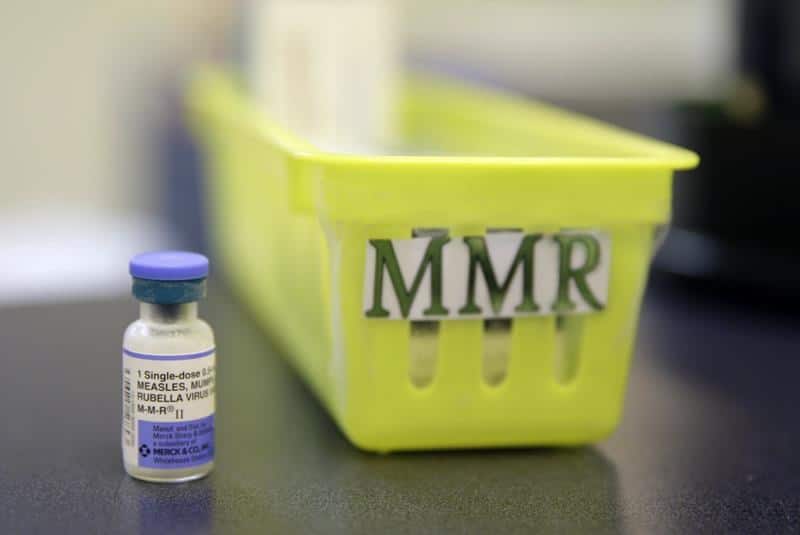The measles outbreak that gripped Northern British Columbia for nearly two months has finally shown signs of abating, with the BC Centre for Disease Control (BCCDC) confirming no active cases remain in the Northern Health region. This development marks a significant milestone in public health officials’ battle against the highly contagious disease that affected 17 individuals since early May.
“We’re cautiously optimistic about the current situation,” said Dr. Bonnie Henry, Provincial Health Officer, during yesterday’s press briefing. “However, we must remain vigilant as the incubation period for measles can extend up to 21 days, meaning new cases could still emerge.”
The outbreak, which began when an international traveler returned to Fort St. John unvaccinated, prompted a swift response from Northern Health authorities. Emergency vaccination clinics were established throughout the region, with particular focus on communities with historically lower immunization rates.
According to BCCDC data, vaccination rates in some Northern BC communities had fallen below the 95% threshold necessary for herd immunity in recent years. The outbreak served as a stark reminder of the consequences of vaccine hesitancy, health officials noted.
“What we witnessed in Northern BC underscores the critical importance of maintaining high vaccination coverage,” explained Dr. Danuta Skowronski, epidemiology lead at the BCCDC. “When immunization rates drop, we create pockets of vulnerability where highly infectious diseases like measles can quickly spread.”
The outbreak response included extensive contact tracing, with health officials identifying and monitoring over 300 potential exposures. Schools in Fort St. John and Dawson Creek implemented temporary exclusion policies for unvaccinated students, while several public venues underwent deep cleaning protocols.
Health Minister Adrian Dix praised the collaborative effort that helped contain the outbreak. “The quick action of our public health teams, combined with community cooperation, prevented what could have been a much more widespread health emergency,” he said during yesterday’s announcement.
The economic impact of the outbreak was also significant. Local businesses reported decreased foot traffic during the peak of the outbreak, with tourism operators noting cancellations from visitors concerned about potential exposure. The financial implications extended to healthcare costs, with estimates suggesting the response efforts exceeded $1.2 million.
Provincial health officials have used this outbreak to renew calls for strengthening immunization programs across BC. The government is now considering policy changes that would make it easier to track vaccination status in schools and daycares, though no mandatory vaccination requirements have been proposed.
“We’re evaluating several approaches to improve our immunization registry and reminder systems,” Minister Dix explained. “Our goal is to make it simpler for families to stay up-to-date with recommended vaccines.”
As Northern BC emerges from this health challenge, the conversation has shifted toward prevention of future outbreaks. Public health experts emphasize that measles remains endemic in many parts of the world, meaning international travel will continue to pose risks of reintroduction.
The BCCDC continues to recommend two doses of the MMR (measles, mumps, rubella) vaccine for optimal protection, particularly before international travel. For those uncertain about their immunization status, serological testing is available through primary care providers.
As communities across Northern BC return to normal operations, the question remains: will this outbreak serve as the catalyst needed to address persistent gaps in our immunization programs, or will the lessons learned fade as the immediate threat subsides?

























